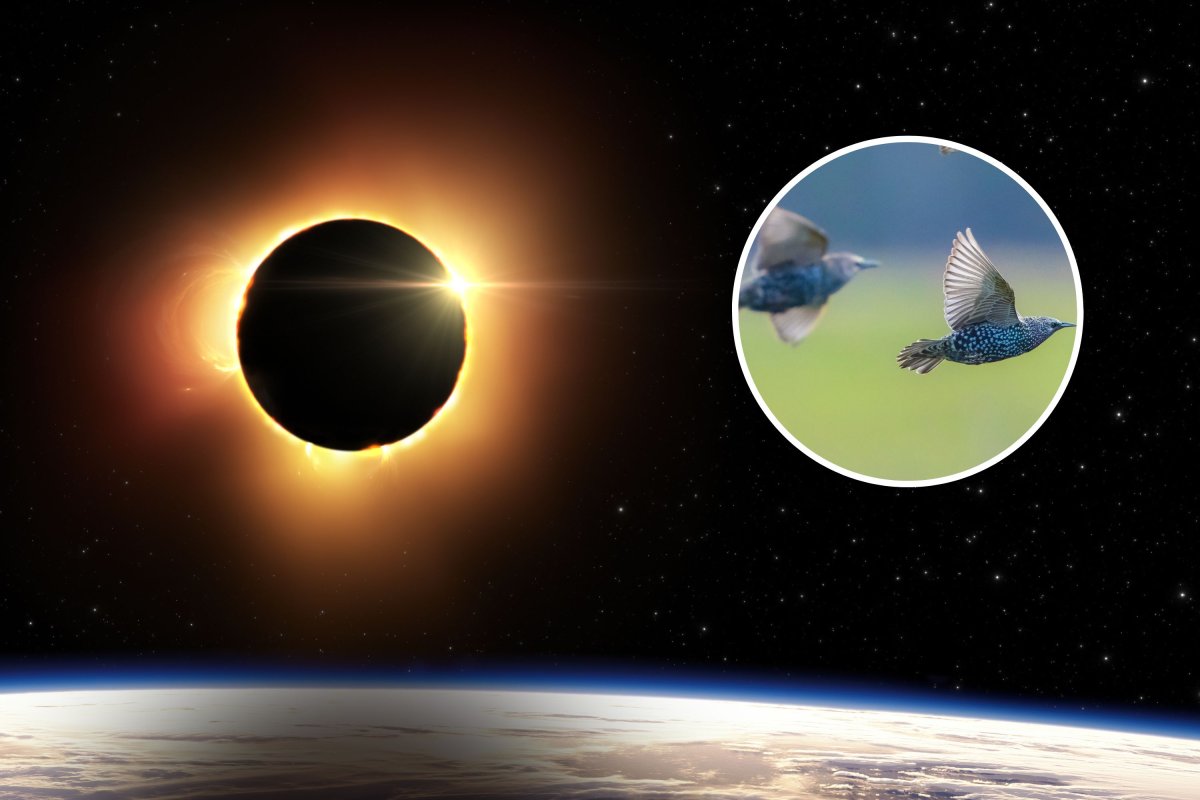The upcoming total solar eclipse on April 8th isn’t just a spectacle for skywatchers; it’s a prime opportunity for scientists to crack the code of bird behavior.
As the moon blankets the sun, plunging the day into temporary darkness, researchers at Cornell University are poised to witness an avian ballet unlike any other.
A Celestial Lightswitch: Disrupting Bird Biology
The eclipse coincides with spring migration for many bird species. With their internal compasses likely tuned to the sun’s position, this sudden blackout could throw their navigational abilities into disarray. Imagine a robin meticulously following the sun’s path south for the winter, only to have its celestial guide vanish in the middle of the journey. This disruption presents a unique chance to study how birds perceive and respond to light cues, which are fundamental to their daily routines. From foraging to mating rituals, these light-dependent behaviors could be significantly disrupted, offering a window into the biological clockwork of birds.
A Glimpse into the Nightlife of Daytime Flyers
The researchers plan to use a network of U.S. weather radars to track bird activity during the eclipse. By comparing this data to bird movements at sunset, they hope to identify any significant deviations in behavior. A drop in flight activity or a shift in flight patterns could indicate the birds’ confusion or attempt to adjust to the darkness. Imagine a flurry of evening bird activity typically seen at dusk, but instead occurring in the middle of the afternoon. This would be a strong signal that the eclipse has disrupted their internal rhythms.
Previous Eclipses: A Mixed Bag of Reactions
Past eclipses have offered intriguing glimpses into animal behavior during celestial light shows. In 2017, for instance, scientists observed a decrease in flying insects and birds, but the response wasn’t identical to their usual nighttime routines. This suggests that the sudden darkness triggered a unique reaction, unlike their natural twilight behavior. The upcoming eclipse, with its wider path across the U.S., promises a larger dataset for researchers to analyze. Imagine having a more detailed picture of how different bird species from various regions react to the eclipse, providing a more comprehensive understanding of avian light sensitivity.
Beyond Birds: A Window into Broader Animal Behavior
The study extends beyond birds. Researchers are curious to see how other creatures, like bats, might react to the eclipse. Bats are nocturnal insectivores, so one might expect them to seize the daytime darkness as an opportunity for a mid-day snack run. However, the sudden shift in light might also disorient them. By studying the responses of various species, scientists hope to gain insights into how light levels influence animal behavior across the board. From the crickets chirping in the afternoon to the deer emerging from hiding earlier than usual, the eclipse could disrupt the delicate balance of the ecosystem, providing valuable data on how animals interact with light cycles.

A Solar Experiment: Unveiling the Language of Light
This eclipse provides a natural experiment of unprecedented scale. By studying how birds and other animals respond to this celestial lightswitch, researchers hope to decipher the language of light in the animal kingdom. Understanding how these creatures perceive and react to light fluctuations could shed light on their navigation, foraging, and communication strategies. Imagine being able to map the neural pathways that birds use to interpret light cues, providing a deeper understanding of their avian instincts.
The coming eclipse is more than just a celestial wonder; it’s a scientific opportunity waiting to be seized. As the day turns to night (and then back again), researchers eagerly await the data that will illuminate the fascinating world of avian (and animal) behavior. The knowledge gleaned from this celestial event could help us appreciate the complex relationship between light and life on Earth.



















